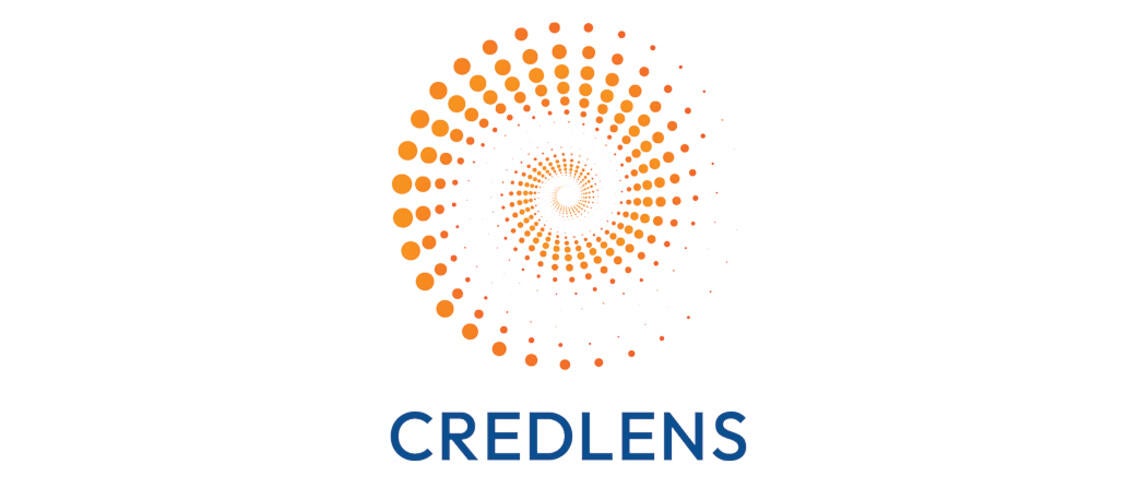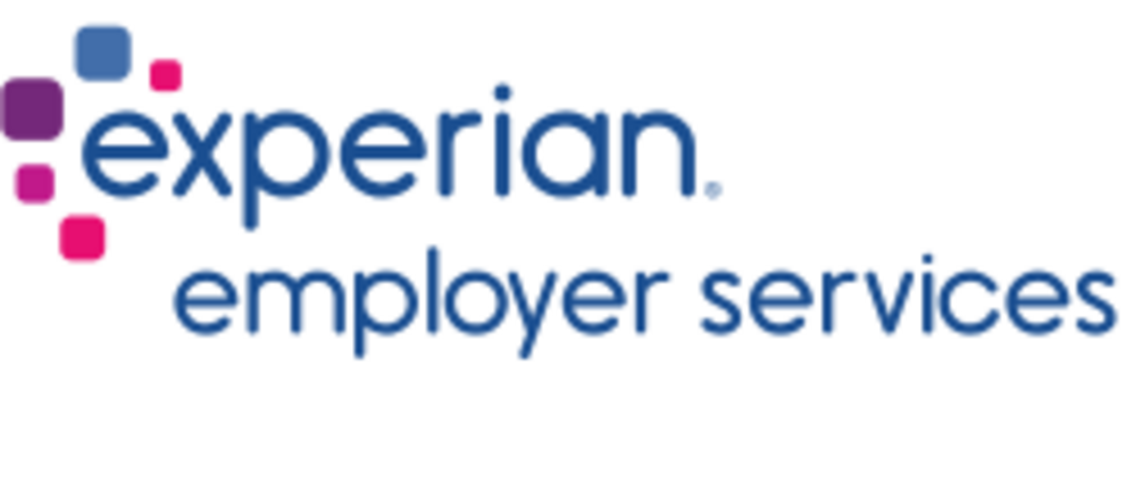Hoosier Initiative for Re-Entry Virtual Job Fair
Indiana Harris Equal Opportunity Award Nomination: Hoosier Initiative for Re-Entry Virtual Job Fair
Contact Information of Individual Submitting Nomination
Nominator: David Shatkowski
Email Address:dshatkowski@comcast.net
Agency Name: Indiana Department of Workforce Development
Hoosier Initiative for Re-Entry Virtual Job Fair
The Department of Workforce Development's (DWD) Hoosier Initiative for Re-Entry (HIRE) program leaders along with the agency's Communications Department developed the idea of hosting a HIRE virtual job fair. The agency had previously experimented with virtual job fairs in various geographic regions and for veterans. The idea behind virtual job fairs is to provide access to employers seeking to hire without the need to travel or make other arrangements needed to attend a traditional in-person job fair. In this case, the virtual job fair was to be for inmates currently in prison but nearing release. Using the Go To Webinar platform, the HIRE virtual job fair would be offered in five prisons throughout the state in a large room where the inmates could gather to view and listen to the presentation.
Six employers from various locations around the state were selected by HIRE leaders to participate in the virtual job fair. Those employers were asked to prepare PowerPoint slides highlighting up to three available positions they were looking to fill. In working with the Department of Correction (DOC), a partner for the program overall, the prisons were chosen and contacts at each prison were assigned. Each prison promoted the virtual job fair and ensured that interested inmates would be given the opportunity to participate. The virtual job fair was scheduled for the afternoon of Aug. 28. Since there was a technology challenge of connecting six employers and five prisons, two practice sessions were also held – one on Aug. 13 for the facilities and another on Aug. 27 for the employers.
Making sure that the technology worked in all prisons – from the Internet connection to the video and audio displays of the webinar – was a concern, but all prisons connected successfully with little to no issues or delays. The employers all connected from their offices without any trouble. While it is unknown exactly how many inmates participated (they were not required to register), all five prisons presented the virtual job fair as planned, and all employers participated as scheduled. The program lasted more than an hour. As a result, the virtual job fair was deemed a success. The feedback received from the DOC staff, the employers and the DWD HIRE staff was all very positive.
Statement of results, accomplishments, impacts and any other appropriate information that demonstrates why the nominee's efforts were an exceptional contribution.
The HIRE program celebrated its sixth anniversary in 2018 and has achieved an enormous amount of success. For example, the HIRE program has placed more than 13,000 ex-offenders in jobs over the past six years – an average of more than 150 per month or nearly 2,600 per year. The average hourly wage of those placements has exceeded $11 per hour. Additionally, the number of businesses that have partnered with the program has continued to grow and exceeded 1,400 in 2018 alone. These numbers are significant considering that more than 15,000 are released from Indiana prisons each year, and that the average cost to incarcerate an individual in Indiana for year is approximately $20,000.
Despite the success, one element lacking in the program's structure was the ability to begin to connect soon-to-be ex-offenders with potential job opportunities that would be available to them upon their release. Previously, waiting to do this after they were released was the only way the job placement piece of the program could be implemented. Using technology, this piece of the program's puzzle could be solved. The HIRE Virtual Job Fair was an innovative mechanism that allowed the program to do just that. It allowed all interested inmates nearing release in the selected prisons to have the opportunity to participate in the virtual job fair and engage with the presenters both during and after the webinar.
The HIRE program leaders at DWD along with the DOC worked diligently to plan and organize the virtual job fair. Planning began four months prior as staff at the facilities who would be hosting the virtual job fair were identified. The participating employers, representing various regions of the state, were then identified and asked to complete their PowerPoint slides for the presentation. DWD's communications team scheduled the webinar and ensured that participant invitations were sent to the facilities and panelist invitations were sent to the employers. Following the successful practice sessions, the success of the virtual job fair itself was a reflection of four months of dedication that went into serving the program's participants.
Other significant contributions
The HIRE program itself received national recognition last fall by being named the recipient of the prestigious NASWA State Excellence Award. The award represents a program that exhibits the best in workforce and economic development. The HIRE program, which had been viewed a national leader and model since its inception, was formally honored for its efforts in forging strong relationships with employers, training ex-offenders with the skills they need to succeed in the workforce, and helping to match them with job placement opportunities so that when they reentered society, they would be able to support themselves and their families, and also contribute to the communities in which they live.
The HIRE Virtual Job Fair specifically, while being just one small piece of the program overall, nonetheless left an impact as a unique and innovative initiative to further strengthen an already strong and growing program. The virtual job fair was believed to be the first of its kind in the United States, virtually linking offenders who were still incarcerated with future employment opportunities. With no significant technology glitches, the virtual job fair was both successfully planned and implemented. Others are likely to be scheduled in the future as the program moves into its next phase.
The creativity and forward thinking of the program's leadership has surely contributed to the state's ongoing efforts to fill more than a million jobs in the coming years. Ex-offenders are a vital part of the state's potential workforce, and the HIRE program has left its mark on expanding the state's workforce and impacting the state's economy and society in general. One data point not previously mentioned is the state's and the program's recidivism rates. For the state in general, it is 36 percent for all incarcerated populations. For participants of the HIRE program, it is an overwhelming 95 percent of those who have been employed for at least three years. While it is too early to tell if the virtual job fair on Aug. 28 and others that might be held in the future will further support that rate, there is no doubt that an innovative event such as the first virtual job fair will help the HIRE program continue to succeed in ways not previously thought possible.
Examples of work
HIRE_Virtual_job_Fair.pdf
HIRE_Infographic.pdf
hire.pdf
hire_logo.jpg






































